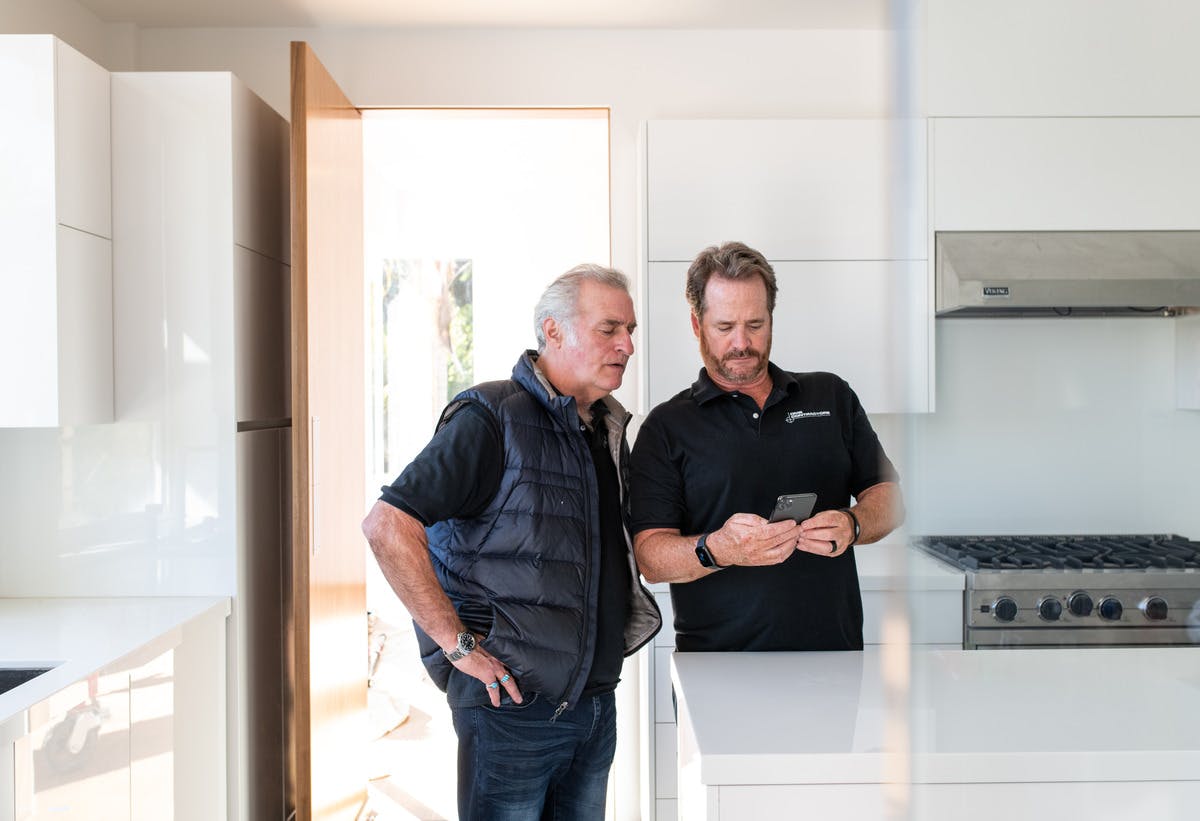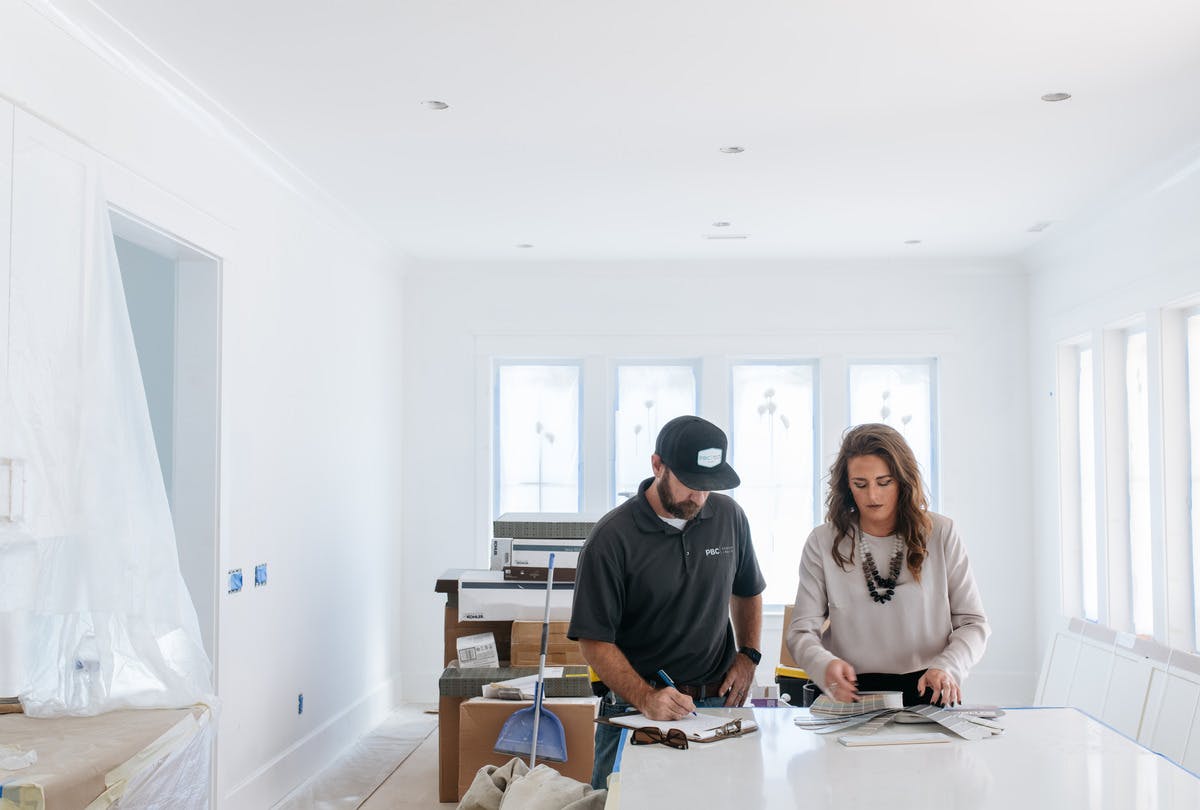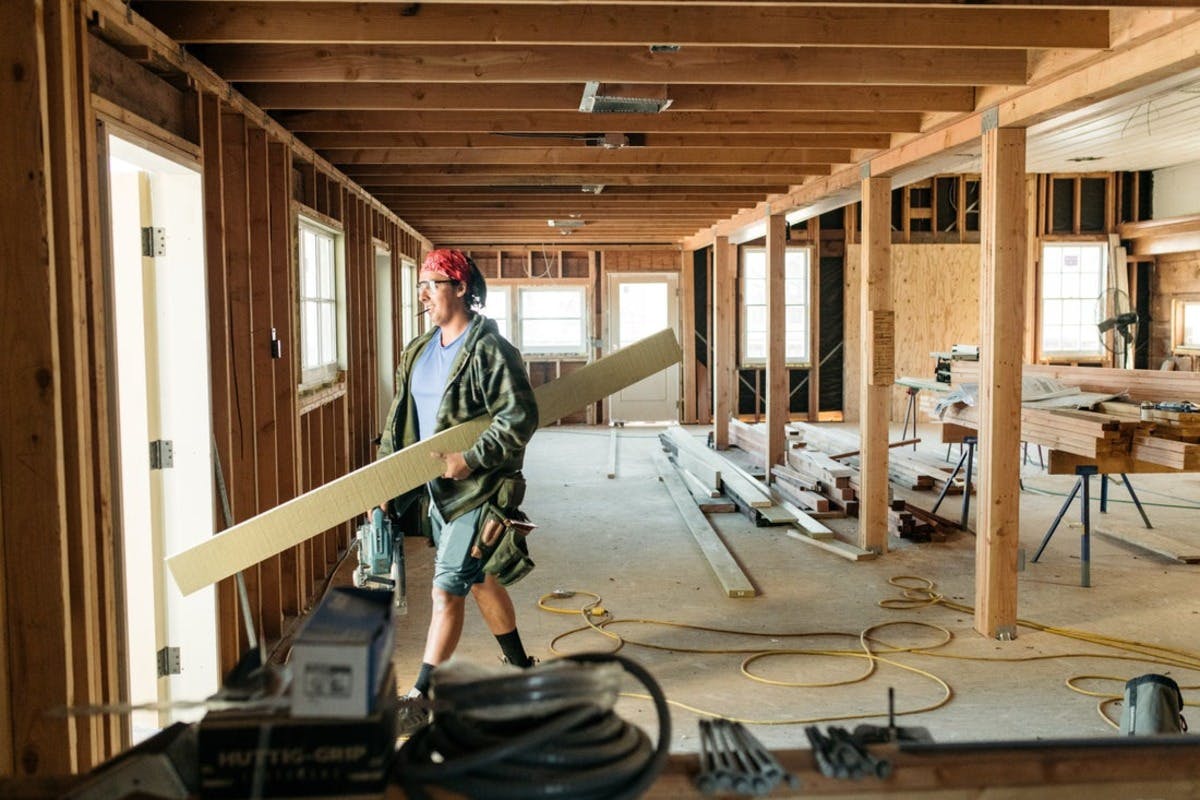Building Estimates: Best Practices for Precision and Proficiency
Learn how to master the art and science of creating effective estimates for any project

Profitability for any construction or design project starts with giving the client an accurate estimate of all costs. Missing line items can mean paying out of pocket, reducing your profit margin, while some clients might find overly detailed estimates daunting. Here we’ll discuss the best practices for finding the perfect balance, so you can build estimates that are highly accurate and also highly attractive to the individual client.

1. Account for Every Cost
Raw materials are just the tip of the iceberg when it comes to building costs. Look at all the tasks you’ll need to accomplish as well as the projected amount of time and resources each task requires. That means accounting for labor costs (regular subcontractors as well as any specialty pros) and all product costs, not just raw materials. Will you need to rent equipment? Factor that in too. And don’t forget taxes and indirect costs, such as office overhead and fuel for any vehicles. You shouldn’t have to pay out of pocket to keep the lights on and gas in the truck! Other indirect costs might include bookkeeping and payroll fees, salaries of any office staff, and of course office rental space and utilities.
“The business makes or breaks money based on how I estimate the job, the price I give the client and whether it’s realistic,” says construction estimator Julie Bowman of RQ Remodeling and Construction in Shelton, Washington. “I need to run numbers on materials, labor, craftsmanship for all the subs and so on … even the tools and nails! That all has to run into that final price.” She recommends having someone double-check your work to make sure you haven’t missed anything and that the pricing of line items is accurate.
To take the guesswork out of line items and costs, try Houzz Pro’s Estimates tool, which has templates pre-populated with line items and costs based on locale. And as accurate estimates start with accurate takeoffs, consider using the Houzz Pro Takeoffs tool as well.

2. Prepare for the Unexpected
The volatile nature of material prices, labor costs and supply chains these days is well known. Rather than risk cutting into profits, add protective clauses to your estimate. For example, you can include a clause saying the estimate is valid for only 30 days, or if costs rise beyond a certain amount, the client must pay the difference. If you’re unsure of the total amount of hours that will be needed, you can give a price range and add a clause that the final price is contingent on the total number of hours worked.
You can even include a line item for a client subaccount, from which funds are taken when costs rise. That’s what Mike Biestek, founder of Remodeling Right in Middletown, Rhode Island, does. “The homeowner doesn’t want to hear that the prices went up,” he says. “What I started to do is give them my labor numbers and an allowance for materials. Then we open up a separate sub account for that project.” Every week or so, he gives clients an overall accounting rather than notifying them every time a price goes up.

3. Be Quick About It
Speed is prized in the construction industry, and not just in the actual construction phase. On your end, the faster you complete estimates, the more time you’ll have to spend on sourcing new leads and taking on other projects. And for clients, all the technologies available today have raised expectations for speedy responses at every stage. Whereas in the old days you might have a few weeks to submit an estimate, the expectation now is same-day or the next day turnaround. Oftentimes the speed of the provided estimate means getting the job or not. Take too long and your clients might turn to a competitor.
Turning in estimates quickly also can build clients’ confidence and trust in your work. It shows that you understand and respect their time and their project deadlines, and that you’re as enthusiastic about getting the project underway as they are. Houzz Pro Mobile App is another option to create estimates on-site, and on-the-go, possibly even with a customer in-tow in order to help lock in a job.

4. Consider Your Client
Some clients are interested in knowing every last detail of a project, including each line item of an estimate. Others would be overwhelmed by so much information and prefer to know just the bottom line. And some fall in the middle of those two types. Communicate openly with your clients to determine which type they are, so you can tailor your estimate presentation accordingly.
“We really try to cater to them and what’s going to meet their language,” says Jason Bliss of Benchmark Home Construction. “We want to show them, ‘Look, we care about you and we want to live in your world.’ We really try to morph into it.” That philosophy is best put into practice beginning in the initial stages of each project, including the estimate.

5. Know When to Walk Away
Protecting and keeping the bottom line low is paramount for some clients, and you might be tempted to lower your quality standards or shave your profit margins to meet that expectation. But if you do the former, your professional reputation could suffer.
“Your reputation follows you,” says Abel Schoeman of the highly successful company Schoeman Construction in Tampa, Florida. “As we look back over the 20-plus years, it’s just been a testament to how well integrity, good character, one-on-one people skills, honesty, and upfront ethics work.” To project your integrity at every stage, honor your instincts and avoid cutting corners from the earliest project stages onward.
As for potentially reducing your project margins to please the client, consider carefully the upsides and downsides. Will the project be such a feather in your cap that it’s worth the lower revenue? Perhaps you’ll get amazing project photos to use in marketing, or the client looks to be a source of abundant referrals. All those cases might make a good argument for chipping away at the bottom line. But if you’re just looking to please every client by giving them the lowest price possible to the detriment of your professional standards, it might not be worth it.
With these best practices and helpful software on your side, you’ll be well placed to create accurate estimates in a timely fashion that satisfy both your and your clients’ needs. And we’d call that the beginning of a beautiful client relationship.

Want advice delivered to your inbox?
Unlock industry insights and updates for contractors and design pros
By signing up, I agree to the Houzz Terms of Use and Privacy Policy and that Houzz may use my information to contact me about relevant content, products, and services.





Join the conversation by commenting or asking a question below. The Houzz team reads every single comment, and we’ll get back to you by email if you need us!